How to Choose the Right HDPE Pipe and Fittings for Your Project?
How to choose HDPE pipe, electrical conduit, and fittings? Understand SDR, PE grades, accessories, and why ULP offers a reliable pipeline solution.
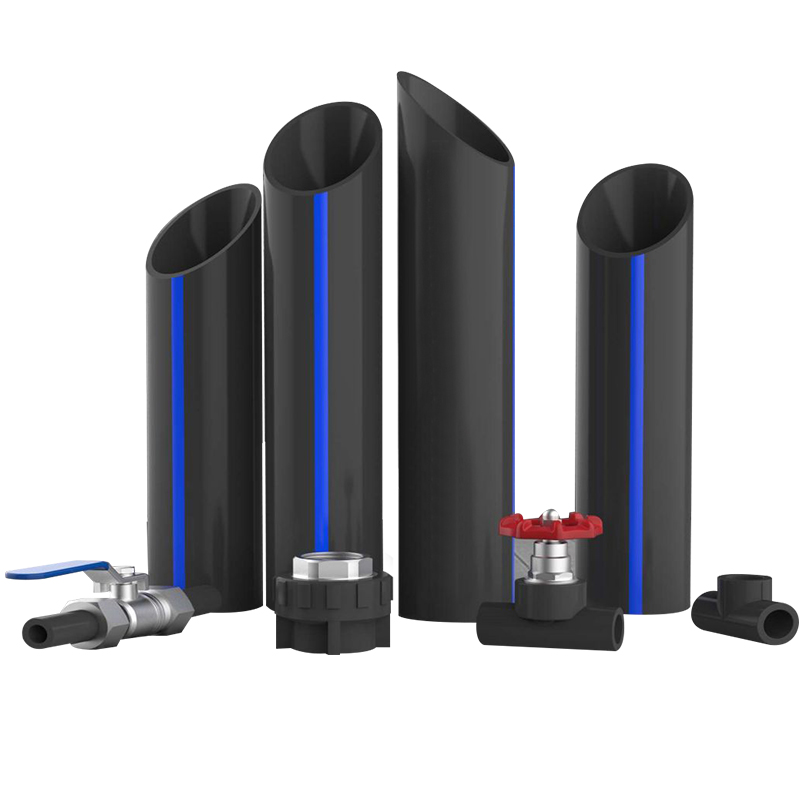
How to choose HDPE pipe, electrical conduit, and fittings? Understand SDR, PE grades, accessories, and why ULP offers a reliable pipeline solution.

Learn HDPE electrical conduit advantages, sizes, and uses. Explore durable cable protection solutions with OEM/ODM services from ULP.
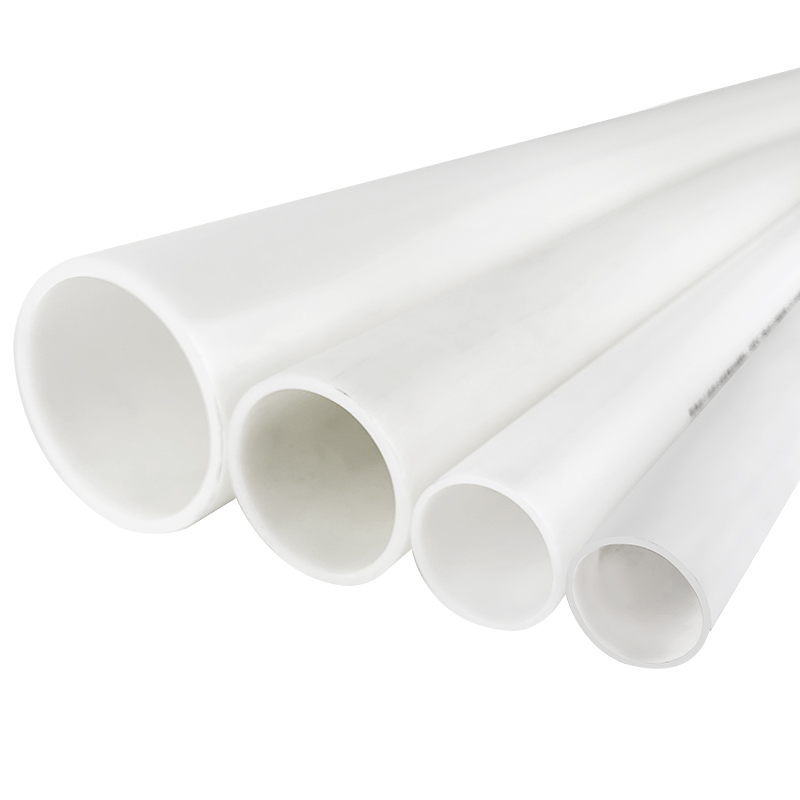
Explore PVC, HDPE and PPR water plumbing systems from ULP. Durable, customizable pipe solutions with OEM/ODM service for global projects.

Learn all abou Key Differences Between PVC-U Water Supply and Drainage Pipes
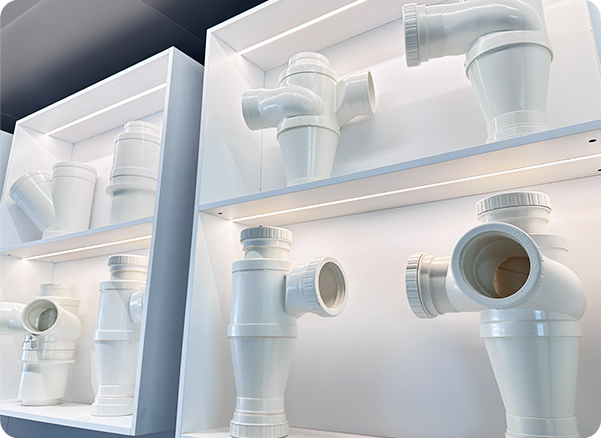
Learn all about PPR Water Supply Pipes & Fittings from ULP.
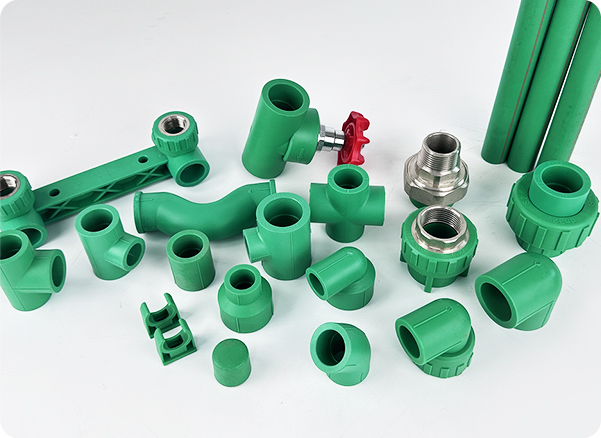
Compare HDPE, PVC, and Steel Conduit for your electrical project. Learn how ULP one-stop OEM/ODM service delivers quality conduit solutions worldwide.
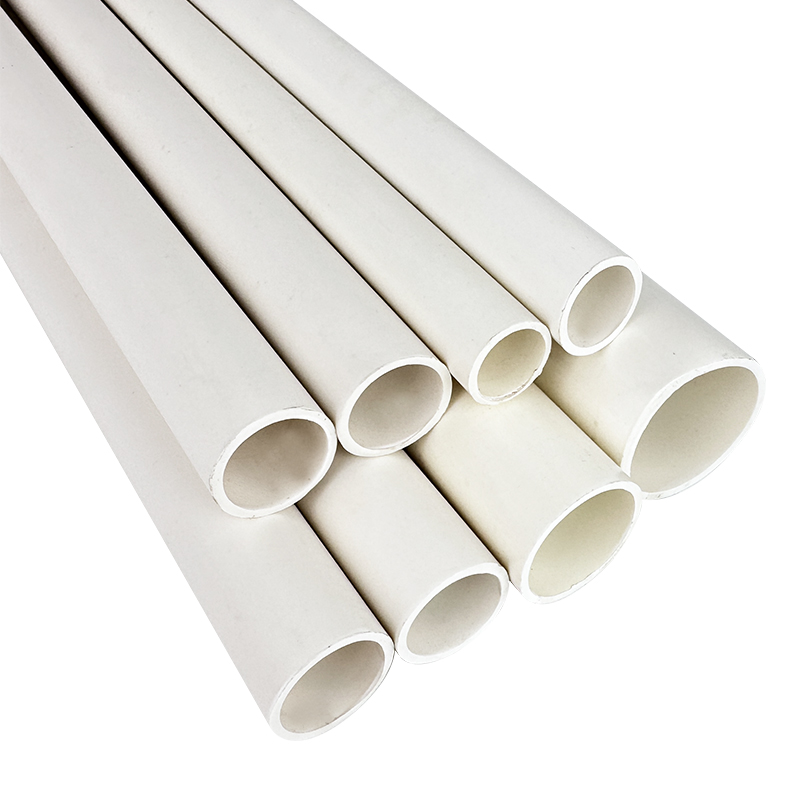
ULP provides HDPE pipes and fittings for agricultural irrigation, water supply, drainage, and electrical conduits. One-stop solution with OEM/ODM and high-quality service.
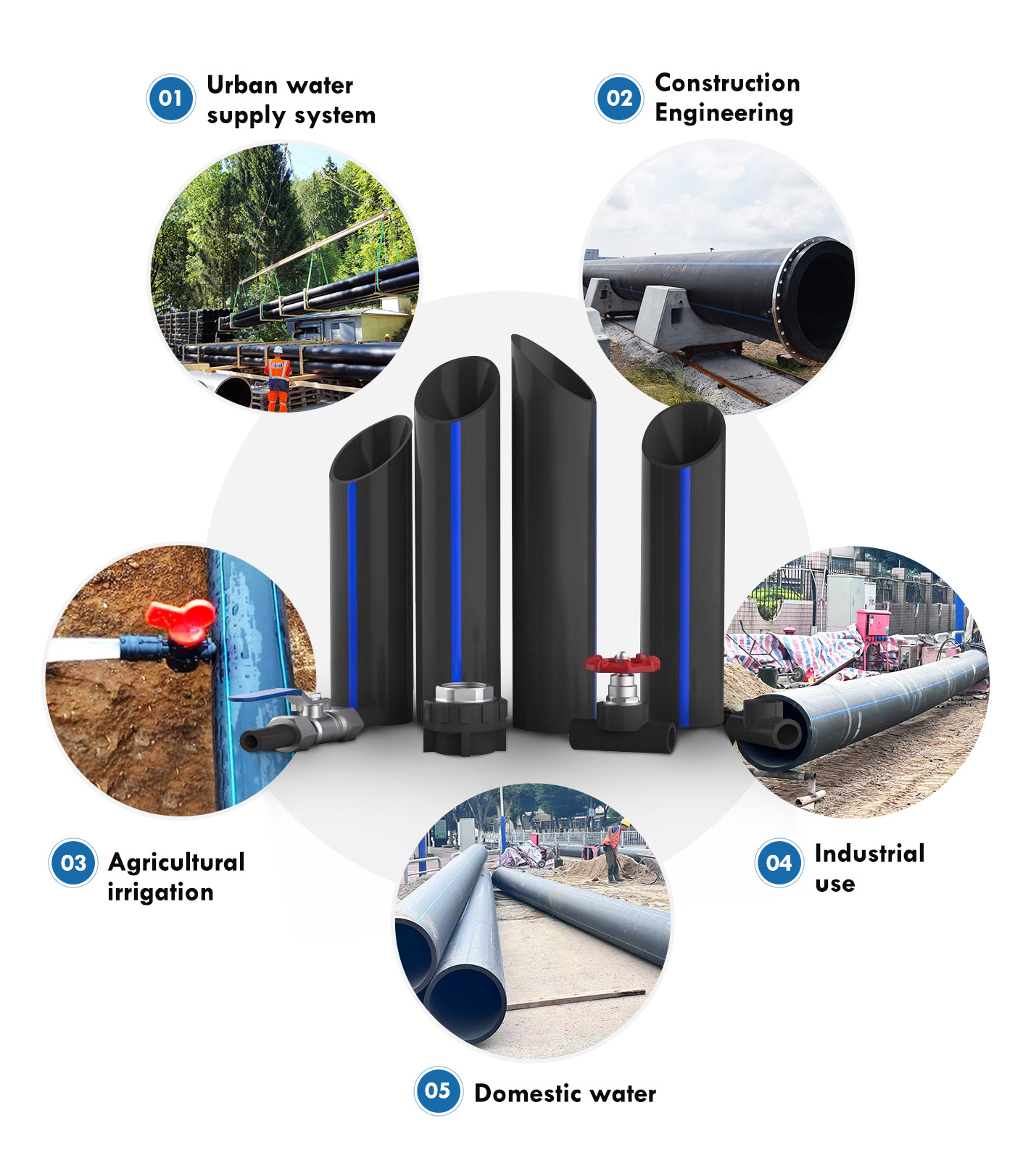
Discover the top 5 electrical conduit types: UPVC, CPVC, HDPE, EMT & IMC. We offer quality electrical conduit, fittings, and one-stop solutions.
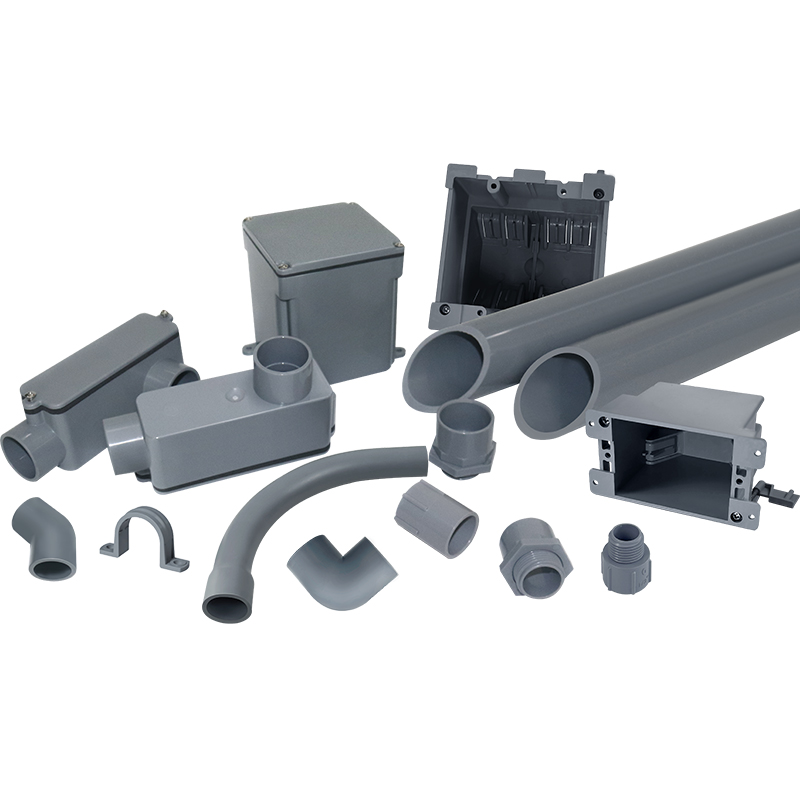
Discover why ULP HDPE steel reinforced thermoplastic pipe is the ideal choice for water systems. Strong, corrosion-resistant, customizable, and cost-efficient.
